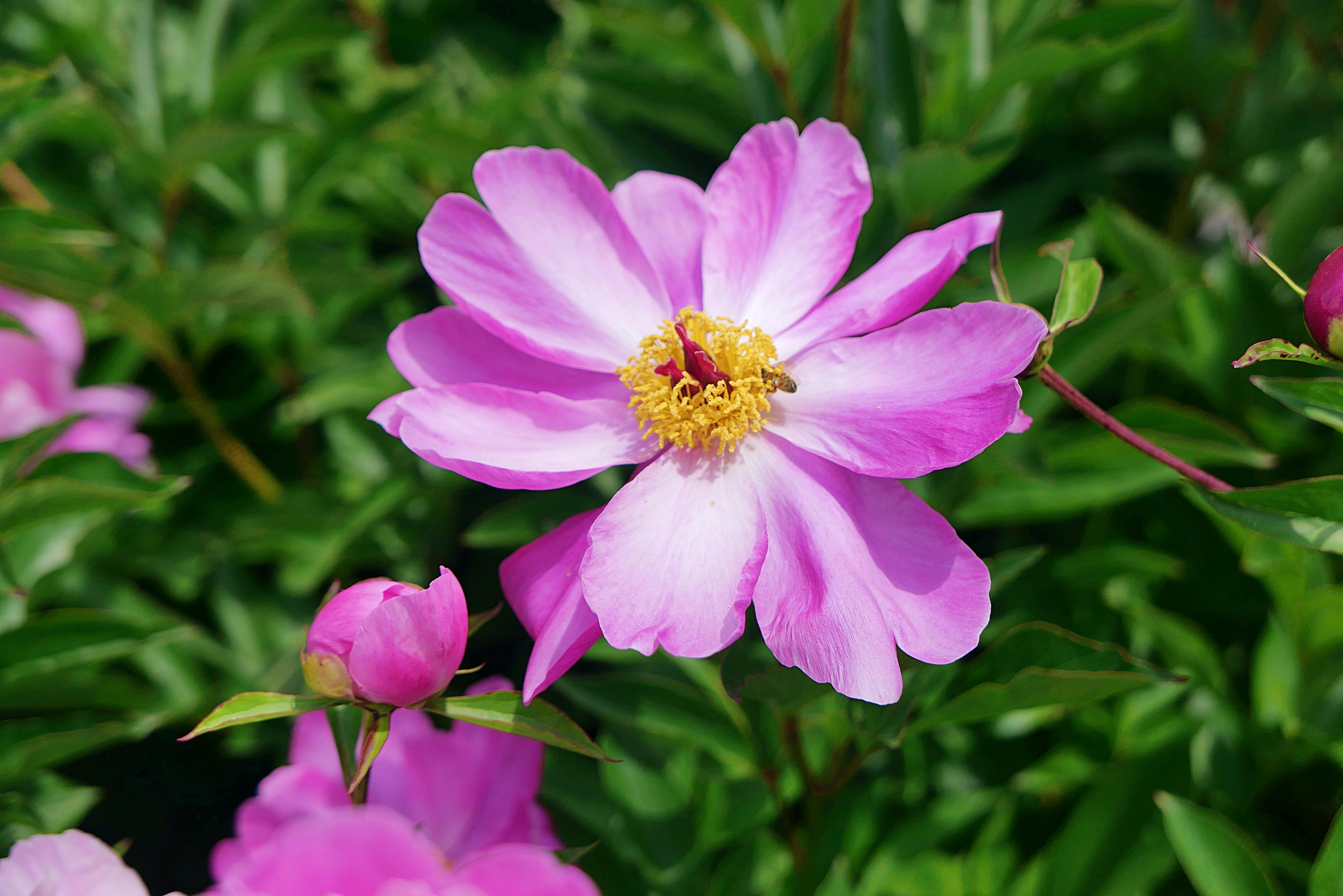
Apply Now


Effective Ways to Optimize Balloon Belly Molly in 2025
Understanding Balloon Belly Molly Care
The balloon belly molly, a popular species among aquarists, is known for its unique shape and vibrant colors. Proper care is essential not just for the aesthetics of the aquarium, but also for the health and longevity of these fish. In 2025, optimizing care methods involves ensuring the right water temperature, balanced diet, and suitable tank environment. Understanding the balloon belly molly’s behavior and health requirements can enhance your fish-keeping experience. The ideal balloon belly molly habitat mimics their natural environment, which includes soft, well-filtered water with a pH range of 7.0 to 8.5. Regular monitoring of water quality ensures that ammonia and nitrite levels remain at zero to prevent stress and health issues among the fish. Moreover, adequate tank size is crucial; typically, a minimum of 20 gallons is recommended for a small group. Investing in live aquatic plants like Java fern or Anubias can enhance their living conditions, providing both shelter and a natural aesthetic. Additionally, it's essential to inspect any tank decorations for sharp edges that could injure the molly fish. Keeping these considerations in mind leads to a thriving balloon belly molly environment.Feeding Balloon Belly Molly for Optimal Health
The right diet is fundamental for the health of balloon belly molly fish. A varied diet consisting of high-quality flakes, pellets, and occasional treats like blanched vegetables can meet their nutritional needs. The best food for balloon belly molly should be rich in fiber and protein to support their growth and vibrant coloration. Feeding frequency is also an essential factor. It is generally advised to feed them small amounts 2-3 times a day, ensuring they consume everything within a few minutes to prevent overfeeding, which can lead to health issues. Foods that promote their natural grazing behavior are beneficial and can include algae wafers and spirulina. Moreover, understanding the signs of stress is equally important. The balloon belly molly may exhibit changes in behavior when underfed or stressed, such as hiding or decreased activity, which means adjustments in their diet or tank conditions may be necessary.Breeding Balloon Belly Molly: Best Practices
Breeding balloon belly mollies in a home aquarium can be a rewarding experience. A successful breeding environment includes a separate breeding tank equipped with proper filtration, heater, and dense plant coverage to provide necessary cover for fry. Breeding conditions should mimic the natural habitat with soft, slightly acidic water. The ideal temperature for balloon belly molly breeding ranges between 78°F and 82°F. This warmer temperature encourages breeding behaviors and stimulates the female to release her fry more readily. To ensure successful breeding, it's crucial to recognize mating behaviors, such as males chasing females and displaying their fins. Once the female is ready to breed, she may appear swollen due to the developing fry. After fertilization, the fry should be separated from adults to prevent predation. Caring for balloon belly molly fry involves feeding them specialized fry food or finely crushed flakes to ensure proper growth.Selecting Compatible Tank Mates for Balloon Belly Molly
Choosing the right tank mates for your balloon belly mollies can significantly influence their social behavior and overall health. Ideal companions include peaceful species that thrive in similar water conditions, such as guppies, platies, and other molly varieties. When looking for balloon belly molly tank mates, it's vital to avoid aggressive fish that could stress them. A community tank should aim to replicate a balanced ecosystem, where each species complements the others without competition for resources. Also, consider the size of the fish: smaller, peaceful fish generally coexist well with mollies. Ensuring there's enough space in the tank helps reduce territorial disputes and promotes healthy interactions among fish. To optimize a balloon belly molly community, it's crucial to observe their behaviors and interactions, adjusting the tank setup or inhabitants if necessary. This ongoing adjustment is key to maintaining a vibrant aquarium environment.Maintaining Balloon Belly Molly Health and Wellness
To prevent common balloon belly molly health issues, routine maintenance is critical. Regular water changes, about 10-20% weekly, can help maintain water quality and reduce stress for your fish. Monitoring water parameters like pH, nitrate levels, and temperature ensures an optimal environment. Maintaining proper lighting can also affect molly behavior. Balloon belly mollies prefer moderate lighting which supports their natural rhythm while preventing excessive algal growth. Additionally, providing hiding places with plants or decorations can help to reduce stress and encourage natural behavior. Identifying early signs of disease is essential for effective prevention. Symptoms such as changes in appetite, lethargy, or unusual swimming patterns may indicate health problems. Regular health monitoring and maintaining a clean tank environment can prevent the majority of health issues faced by balloon belly mollies. It's advisable to develop a regular inspection routine to recognize and treat diseases early. This proactive approach can significantly enhance the lifespan and quality of life for your molly fish.
